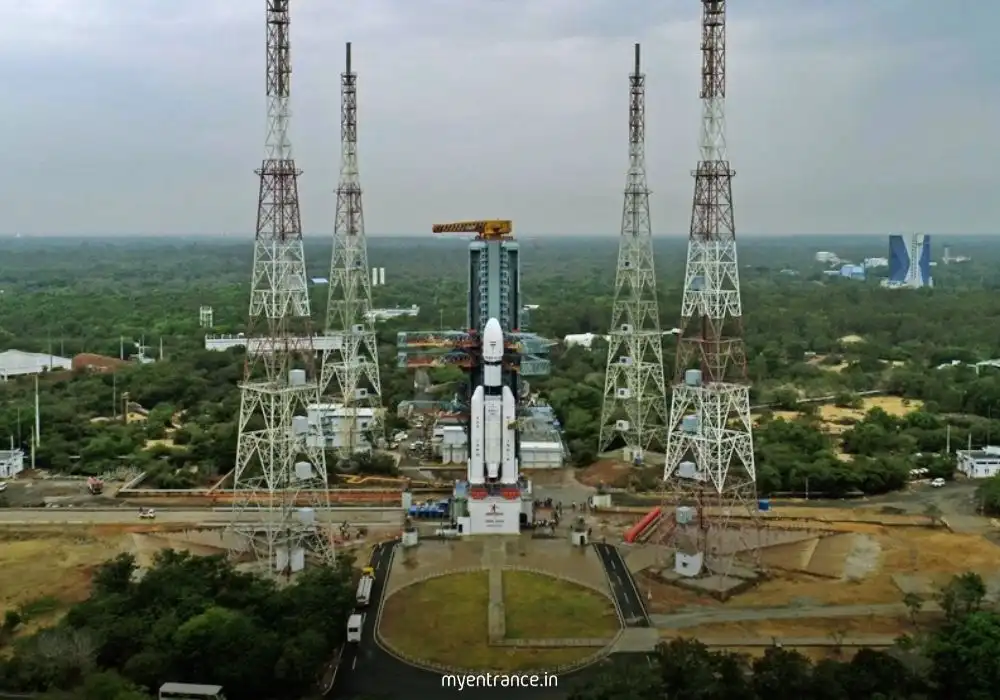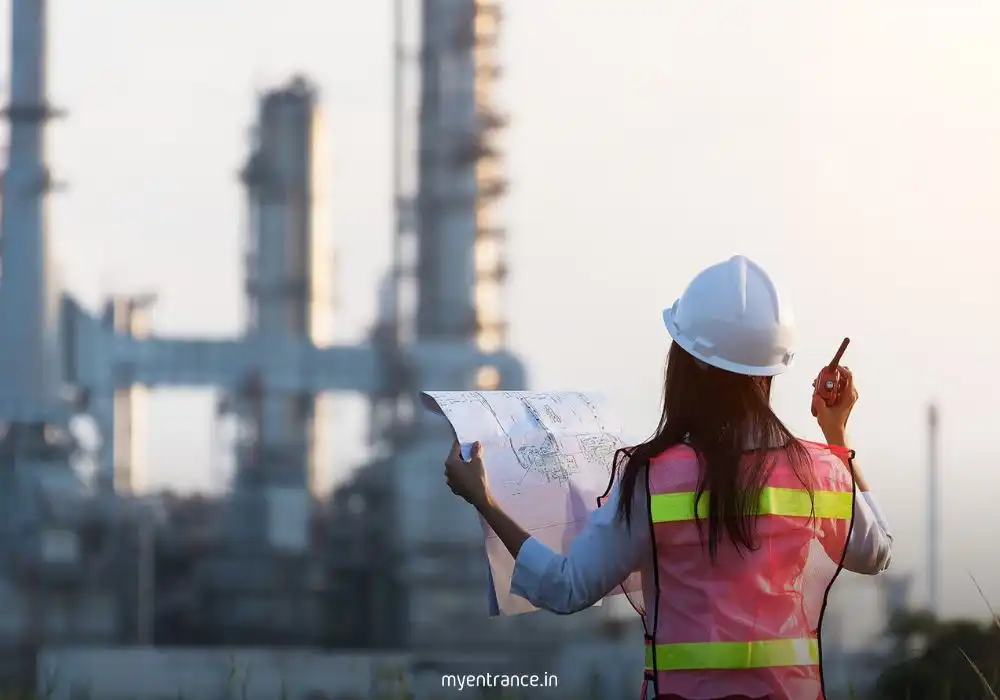Translate Language
ISRO’s 3rd Launch Pad by 2029: Boosting India’s Space Ambitions | Key Facts for Competitive Exams
India’s space ambitions are soaring with ISRO’s Third Launch Pad (TLP), set for completion by 2029. Designed for next-gen rockets like the NGLV and human spaceflights (Gaganyaan), this facility marks a giant leap in infrastructure, safety, and mission frequency. Here’s why competitive exam aspirants must take note.

Key Features of ISRO’s Third Launch Pad
Next-Gen Rocket Support
Built for the Next Generation Launch Vehicle (NGLV), capable of carrying 30,000 kg to Low Earth Orbit.
Will also handle upgraded LVM3 rockets with semi-cryogenic engines.
Advanced Infrastructure
Redesigned flame deflection system to manage intense exhaust from heavier rockets.
Dual fueling systems for cryogenic and semi-cryogenic propellants.
Dedicated vehicle assembly complex to streamline multiple missions.
Human Spaceflight Ready
Critical for Gaganyaan missions, with abort systems, escape protocols, and crew safety measures.
Paves the way for India’s 2035 space station and lunar missions.
Faster Launch Cadence
Reduces downtime between missions (unlike existing pads).
Ensures backup for commercial/national missions if one pad is under maintenance.
Private Sector Collaboration
Cost-effective ₹3,984 crore project with Indian MSMEs contributing to fueling systems, structures, and tech.
Aligns with India’s Aatmanirbhar Bharat in space technology.
Why Is This Important for Exams?
UPSC/SSC/PSC: Questions on ISRO’s infrastructure, Gaganyaan, or space policy are frequent.
NID/NIFT/KAS: General awareness on India’s tech advancements is often tested.
Key Themes: Self-reliance (Atmanirbhar Bharat), space diplomacy, and scientific milestones.
Exam Questions & Answers
Q1. What is the payload capacity of ISRO’s Next Generation Launch Vehicle (NGLV)?
Ans: Up to 30,000 kg to Low Earth Orbit (LEO).
Q2. How will ISRO’s third launch pad support human spaceflight?
Ans: It includes abort systems, crew safety protocols, and integration for Gaganyaan missions.
Q3. Which existing rocket will use the third launch pad after upgrades?
Ans: LVM3 (with semi-cryogenic stages).
Q4. What is the significance of private sector involvement in the third launch pad?
Ans: Reduces costs, boosts Aatmanirbhar Bharat, and strengthens India’s space supply chain.
Q5. By when is ISRO’s third launch pad expected to be operational?
Ans: March 2029 (Full commissioning after safety tests).
ISRO’s third launch pad isn’t just about bigger rockets—it’s about scaling India’s space dominance. For aspirants, this is a high-yield topic for both prelims and interviews. Stay updated, as space tech is a hot area in competitive exams!
Get 3 Months Free Access for SSC, PSC, NIFT & NID
Boost your exam prep!
Use offer code WELCOME28 to get 3 months free subscription. Start preparing today!















